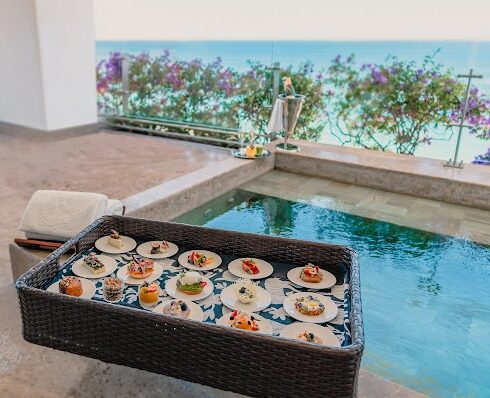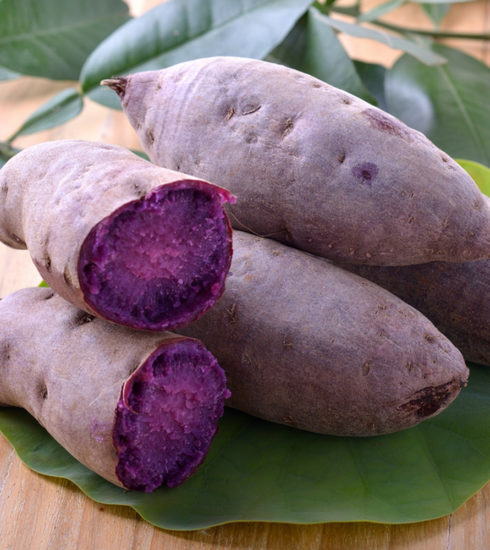Why the tortilla remains the jewel of Mexican gastronomy
Long before the arrival of the Spanish, an unleavened flatbread had already secured its place as the foundation of the Aztec civilization. The tortilla, a creation steeped in history and reverence, transcends its mere utility to become the cornerstone of Mexican culture and cuisine. For the discerning palate, comprehending this staple is essential to deciphering the true essence of Mexican haute cuisine.
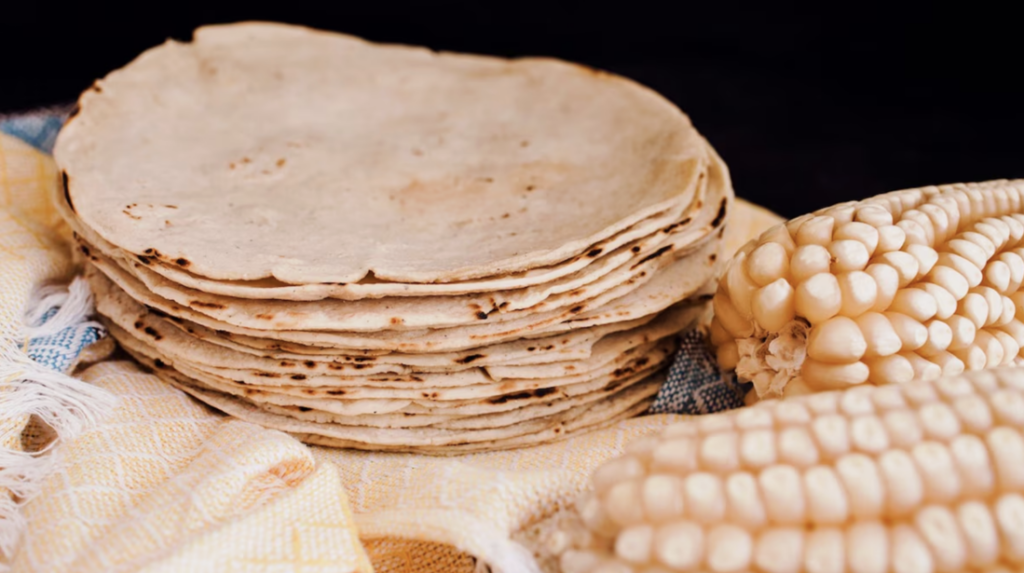
This fundamental dish, known to the Aztecs as tlaxcalli, holds a narrative that spans millennia, beginning with a sacred grain: maize.
The imperative of nixtamalization
The saga of the tortilla is inextricably linked to an ancient and ingenious process: nixtamalization. Developed by the ancient Mesoamerican cultures, this technique is not just a cooking method; it is a revolutionary chemical and nutritional advancement that enabled the flourishing of a civilization.
Nixtamalization involves cooking dried maize kernels in an alkaline solution, traditionally limewater. This process achieves several crucial outcomes:
- Nutrient release: It unlocks and significantly boosts niacin (Vitamin B3), a vital nutrient that prevents disease, allowing communities to thrive on a maize-based diet.
- Structural integrity: It softens the kernel’s exterior layer (pericarp) and gelatinizes the starches, creating the masa, which is essential for molding tortillas.
- Flavor genesis: It imparts a deep, earthy, and complex aroma that distinguishes authentic Mexican masa from standard corn flour.
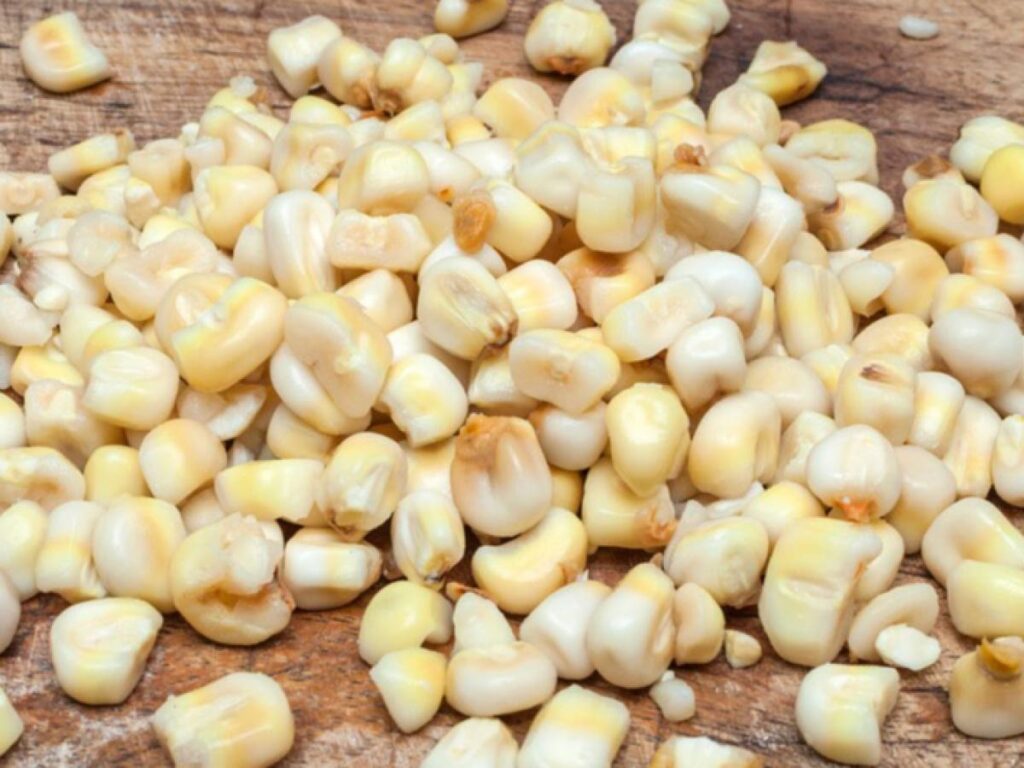
This delicate alchemy ennobles the grain, transforming it into a versatile, nutritious culinary canvas that underpins every taco, enchilada, or quesadilla.
Beyond the plate
The significance of the tortilla extends far beyond its nutritional profile. Its shape traditionally symbolized the sun and the cycle of life, becoming embedded in the spiritual and social fabric of Aztec and Mayan cultures. It is the heart of the Mexican table.
Today, from the most exclusive fine-dining establishment to the traditional taquería, the tortilla serves as the essential edible utensil—the plate and fork—that connects distinct regional flavors and communities across the nation. The quality, aroma, and flexibility of a tortilla are the definitive measures of a meal’s authenticity and care.
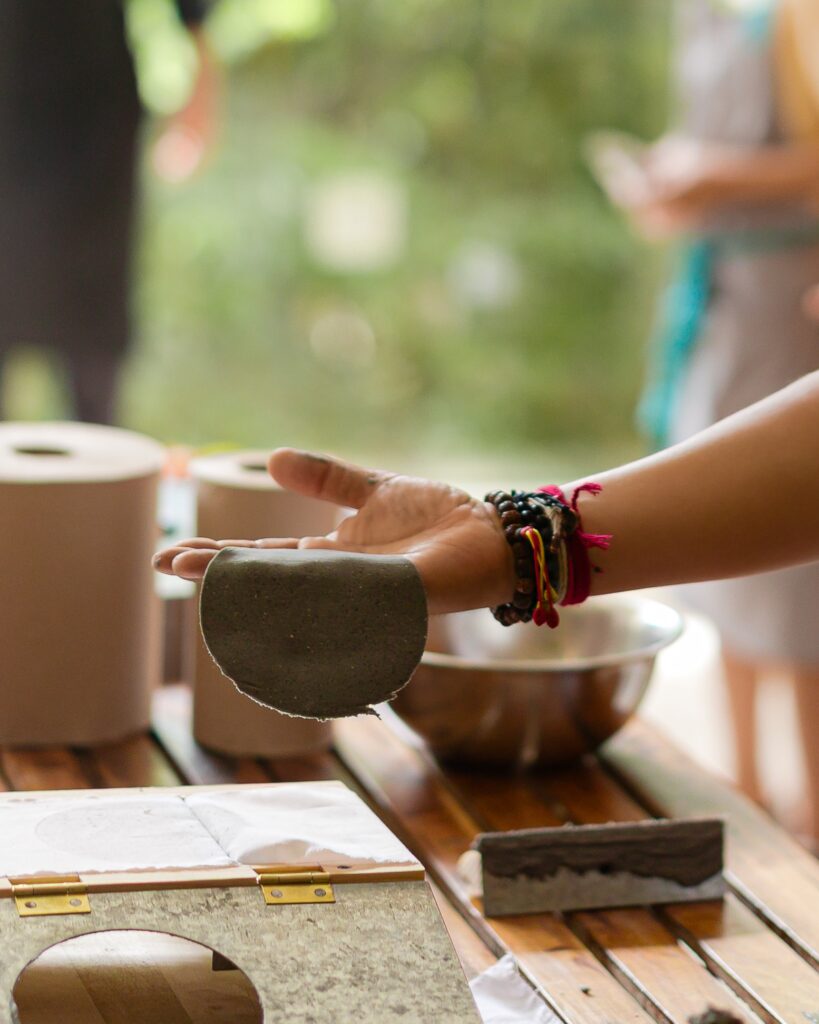
While modern techniques exist, the most respected chefs and artisans protect the traditional nixtamalization process, recognizing that the depth of flavor and texture achieved through this ancestral method is non-negotiable for authentic haute cuisine.
Furthermore, a tortilla is rarely consumed alone; it finds its voice through its perfect complement, the salsa. Salsas are vibrant expressions of the Mexican terroir, reflecting the regional diversity of chiles, vegetables, and grinding techniques.
The perfect salsa demands the tactile, sensory experience of the molcajete (volcanic stone mortar). Grinding ingredients by hand creates a rustic, nuanced texture impossible to replicate by machine. This union of the refined masa and the freshly seasoned salsa is the ultimate proof of this cuisine’s complexity and artistry.
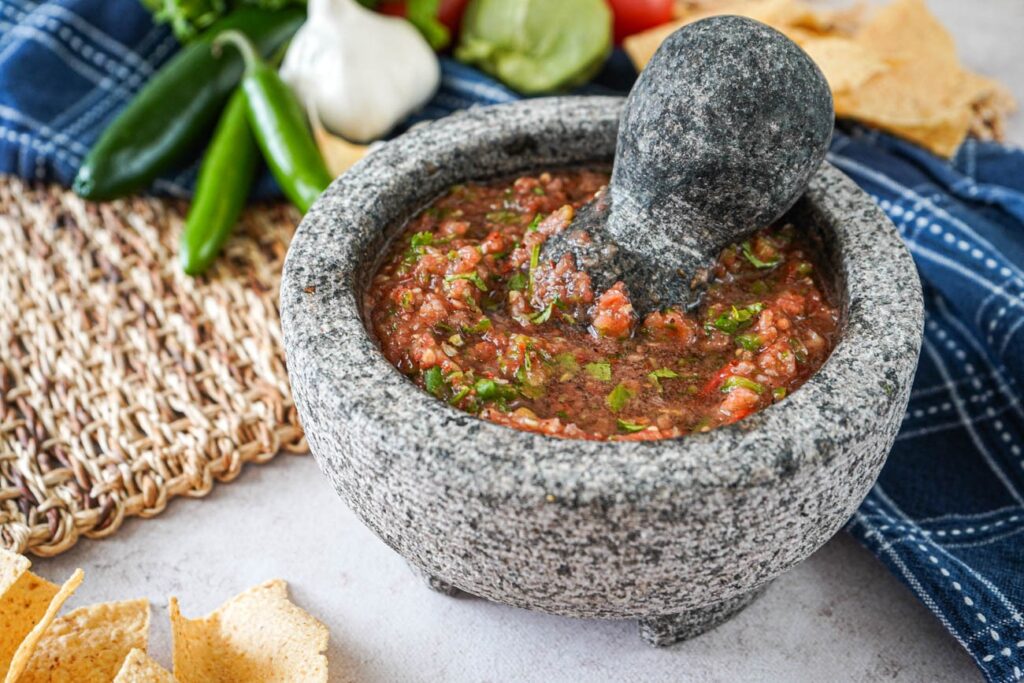
The Grand Velas experience
The profound cultural importance of this staple is now celebrated within the realm of luxury hospitality. Grand Velas Riviera Maya honors this legacy through its acclaimed Tortilla Heritage Workshop.
This experience is a testament to the resort’s dedication to promoting rich Mexican culture. Guests are invited to immerse themselves in the authentic processes of nixtamalization, master the ancient molcajete technique, and savor freshly made tortillas paired with their own personalized salsas. This practical program allows travelers not only to taste but also to truly understand the sophisticated, millenary culinary foundations of Mexico.
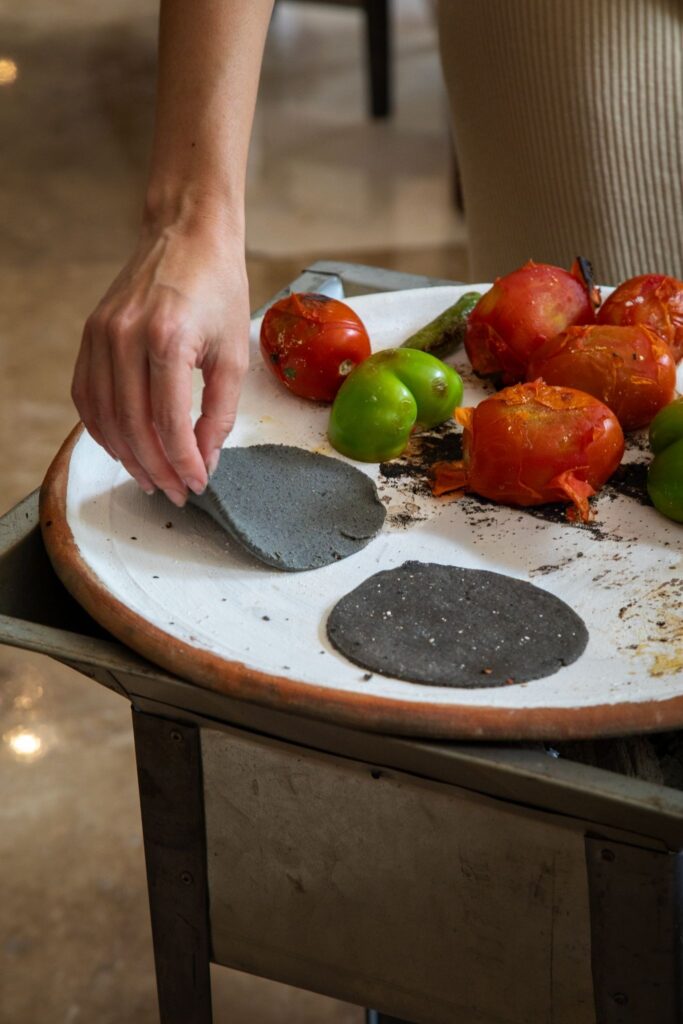
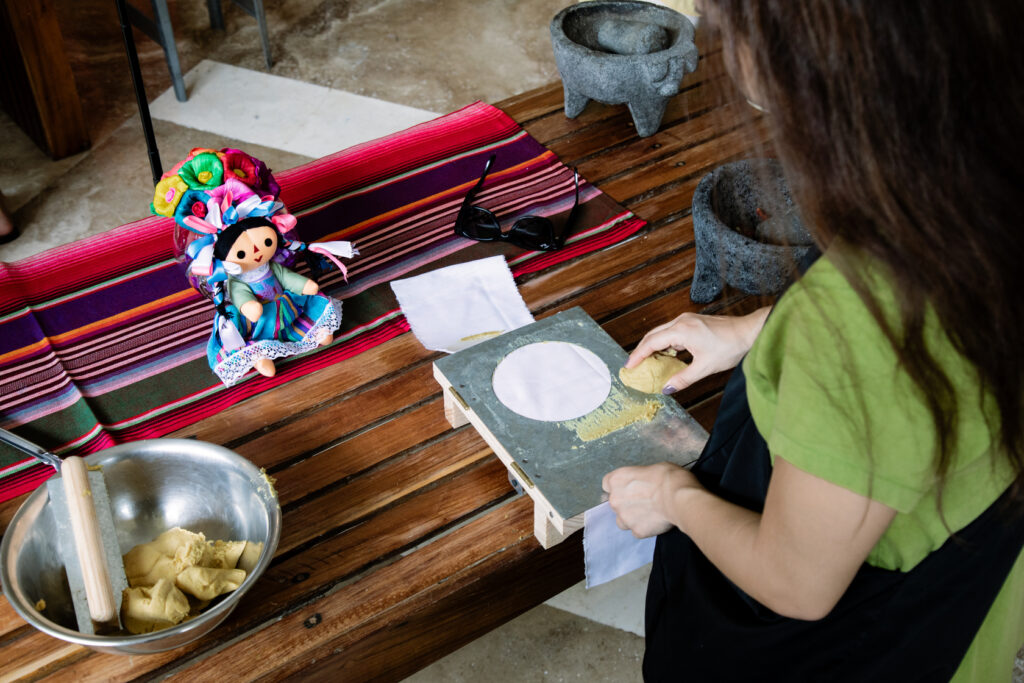
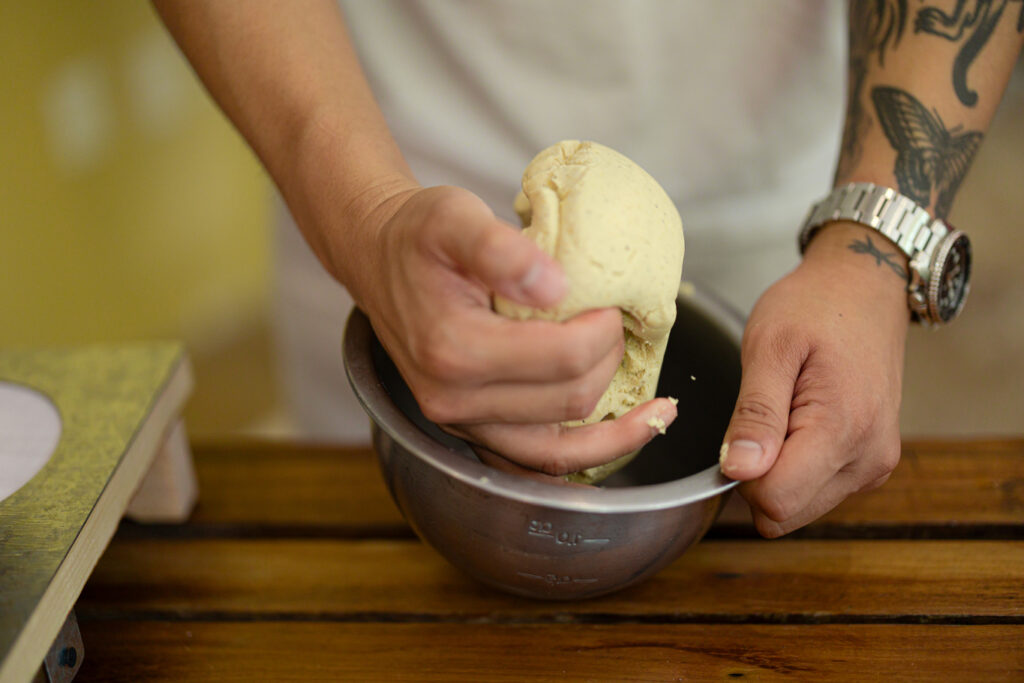
The tortilla is not merely food; it is a profound declaration of identity, history, and flavor —a sacred round, now curated for the most discerning global traveler.


